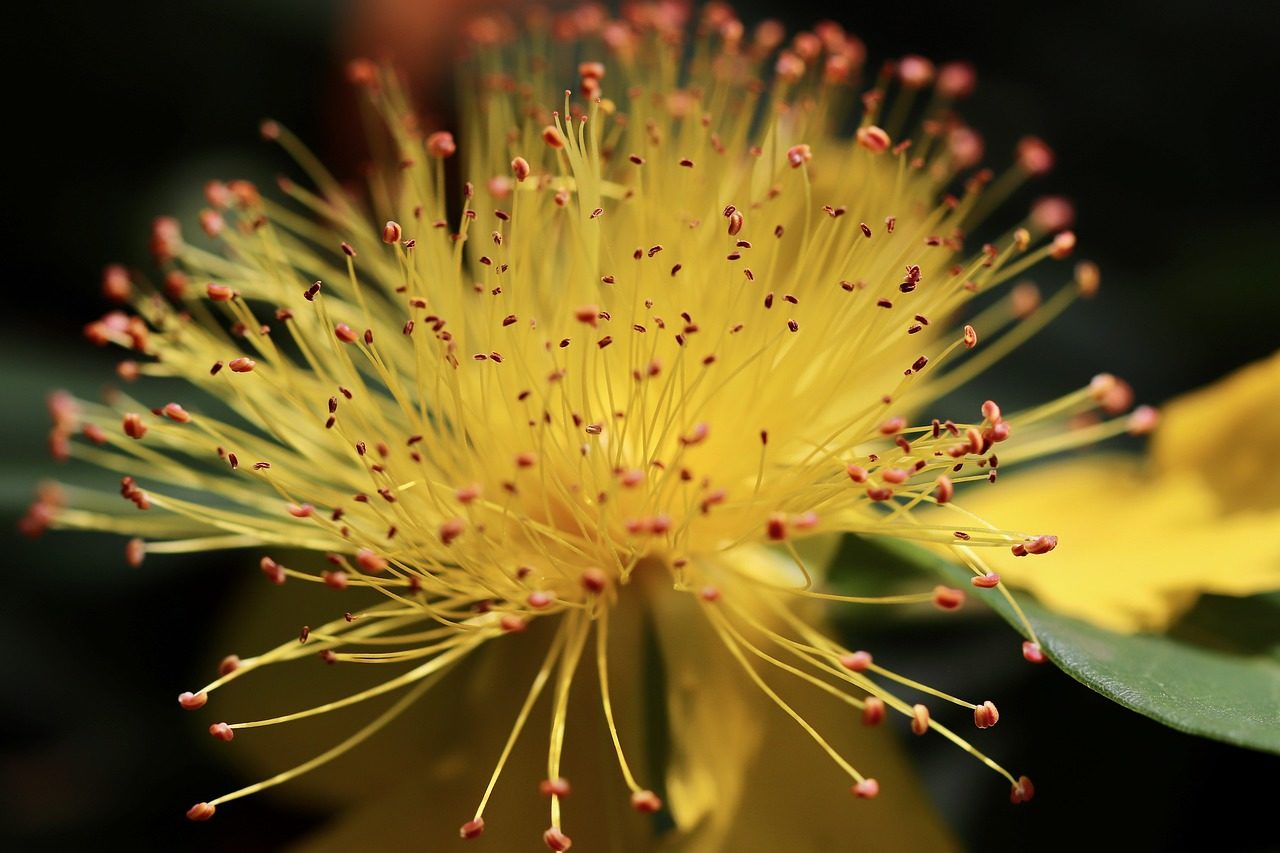
Pruning of St John's wort
Our advice to understand when and how to prune St John's wort
Contents
Easily recognisable by its particularly abundant, bright yellow and melliferous flowers, the St John’s wort or Hypericum has everything to charm lovers of flowering gardens. Easy to grow, undemanding in terms of soil, very hardy, it requires neither special maintenance nor watering. Rich in multiple varieties, Hypericum is a versatile plant: some species will thrive on a bank to form a dense groundcover covered in flowers in mid-summer, others, the shrubby St John’s wort, benefit from a more erect habit and are perfect as specimens on a short grass meadow, in a border or a low informal hedge. Moreover, St John’s wort also produces small, colourful berries that make a striking display and attract birds. Hypericum’s final asset is its rapid growth. That’s why regular pruning of St John’s wort is necessary. Discover why, how and when to prune St John’s wort depending on variety.
→ Discover our full fact sheet on St John’s wort
Why prune St John's wort?
If Hypericum is appreciated for its abundant summer flowering in various shades of yellow, it is also prized for its very rapid growth. And this regardless of varieties, from groundcover St John’s wort to shrubby St John’s wort. St John’s wort can adapt to all terrains and all soils.
Specific characteristics of groundcover St John’s wort
Thus, some mat-forming varieties make wonderful groundcovers to cover unsightly banks, to dress a rockery or to beautify a hard-to-maintain area of the garden, thereby preventing weed growth. With a maximum height of 30 to 40 cm, these St John’s wort adapt to the most difficult terrains, the driest, the most inhospitable, to very sunny or, conversely, shaded sites where other plants will struggle to develop.
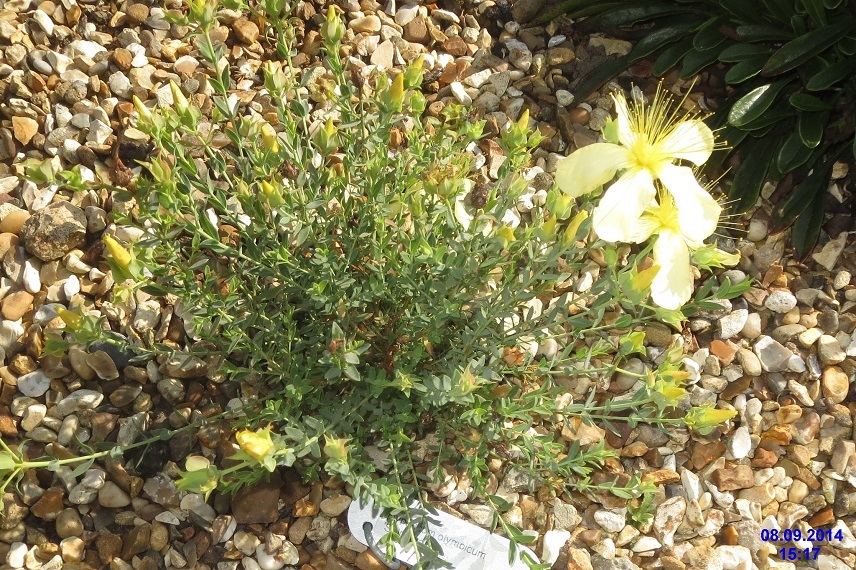
Hypericum olympicum is a groundcover St John’s wort
Thus, in these particular situations, Hypericum calycinum and Hypericum olympicum (Greek St John’s wort or St John’s wort of Mount Olympus) are the two main groundcover St John’s wort varieties that develop by stolons. These mat-forming varieties need a drastic regenerative pruning every 5 years to limit stolon growth and to rejuvenate the plant. As for Hypericum moserianum, which never exceeds 50 cm, it can also be pruned in the same way.
Similarly, this pruning also promotes flowering.
A thinning pruning for shrubby St John’s wort
By contrast, shrub varieties display a rounded, more compact habit and a bushy silhouette. These Hypericum can reach 150 cm and are magnificent at the back of a border, as an edging, isolated in a short grass meadow or in a low informal hedge to which they quickly bring a certain opacity. Also endowed with rapid growth, these St John’s wort must be pruned to maintain their compact habit and limit their spread. This pruning also removes dead or damaged branches. Thus, varieties such as Hypericum calycinum ‘Hidcote’, Hypericum inodorum ‘Rheingold’, ‘Magical Red Flame’, ‘Magical Universe’, ‘Magical Beauty’ or ‘Magical Pumpkin’ and Hypericum kalmianum benefit from a thinning pruning every year or every two years.
Pruning to prevent diseases
St John’s wort with attractive purple or decorative foliage can be susceptible to verticillium wilt, a fungus-caused disease that can be fatal. A very short prune in early March helps reduce disease risk. And St John’s wort will be splendid from June.
When to prune St John's wort?
Pruning of St John’s wort generally takes place between end of winter and start of spring, i.e. at beginning of March. It is important to act before first buds appear, as timing can vary between regions. This pruning will favour flowering on shoots produced that year, which will have time to develop. Pruning can be carried out every other year, or annually, biennially bearing the shoots.
At same time of year, but every five years, groundcover St John’s wort should be cut back to within a few centimetres of soil. This hard pruning can also be carried out on shrubby varieties but is not obligatory.
Discover other Hypericum - St.John's Wort
View all →Available in 0 sizes
Available in 1 sizes
Available in 1 sizes
Available in 1 sizes
Available in 1 sizes
Available in 3 sizes
Available in 1 sizes
Available in 2 sizes
Available in 1 sizes
Available in 3 sizes
How to prune St John's wort?
Depending on the habit of St John’s wort, pruning is slightly different. Indeed, we refer to pruning for bush areas and cutting back for groundcover varieties.
Pruning to restore a neat silhouette
To help your St John’s wort acquire a perfectly balanced habit, dense foliage and abundant flowering, annual pruning first involves cutting dead, broken or frost-damaged branches. Then you can move on to thinning which, as its name suggests, will allow you to thin the bush, that is to improve its shape without stripping it or leaving it naked.
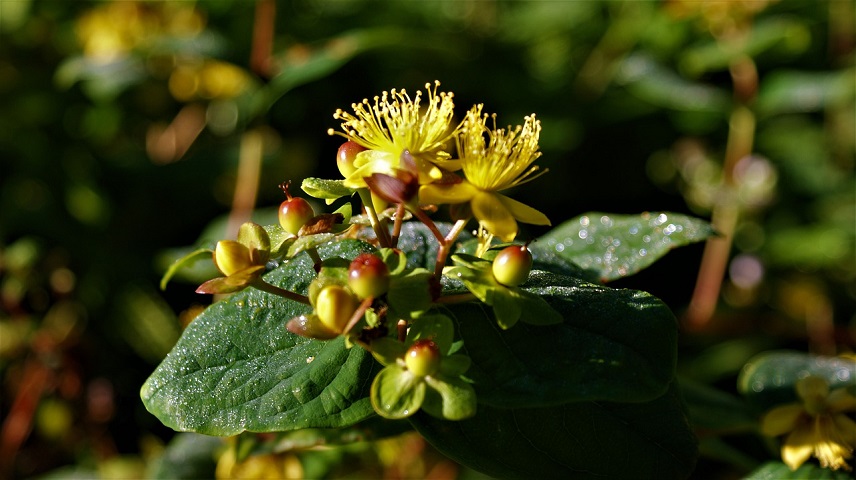
The principle of thinning is to cut every other inner branch. With a pruning shear, prune it back by half. The following year, proceed the same way with the branches that were left. This pruning therefore relies on alternation and has the advantage of further spreading flowering. Older branches flower before younger ones.
Cutting back for a new lease of life
Groundcover varieties of St John’s wort spread by stolons, so annual pruning is not necessary. However, a complete cutting back allows the plant to regenerate and regain a new lease of life. From spring, St John’s wort will start growing again to form an even denser clump and more abundant flowering. Cut back to ground level, leaving just 5 cm of stems.
What tools should be used to prune St John's-wort?
Regular pruning is done with pruning shear which must be well sharpened and, above all, perfectly clean to prevent the spread of disease, in particular rust to which some varieties of St John’s wort are susceptible.
For cutting back, use a hedge trimmer or a shear, sturdier tools for cutting stolons.
A few final precautions
- To prevent rust, remember to clear away or dispose of pruning debris, leaves and cut stems.
- Never forget to thoroughly clean your cutting tools with soapy water after each use. Dry them carefully to prevent rust, then disinfect them with methylated spirits to eliminate any risk of spreading disease.
- Subscribe!
- Contents


































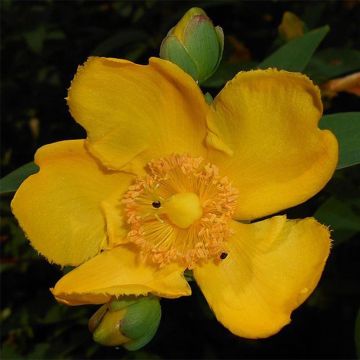
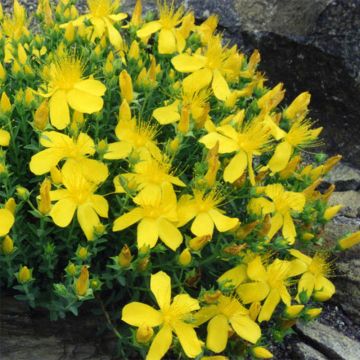
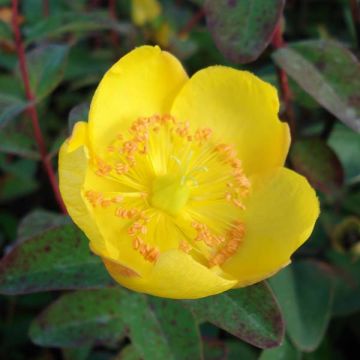
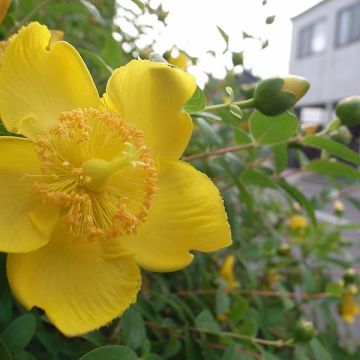
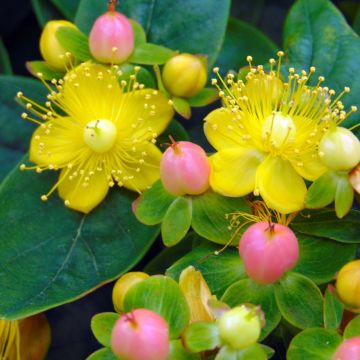
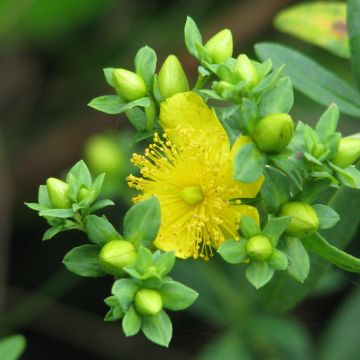

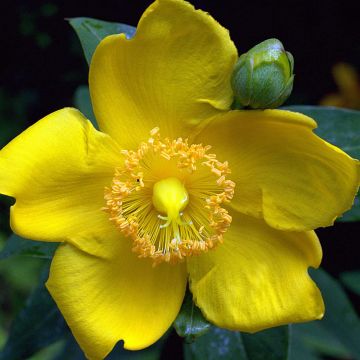
Comments